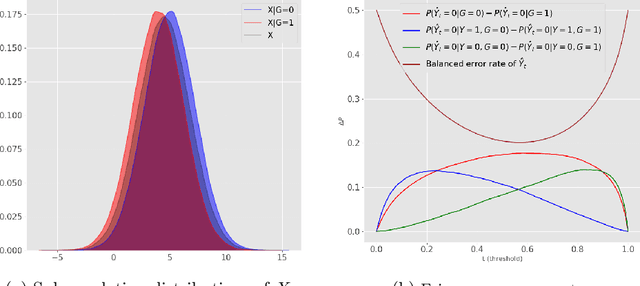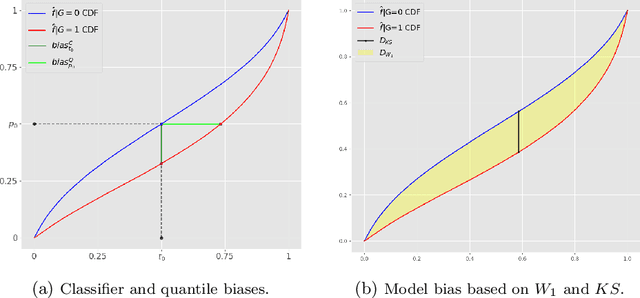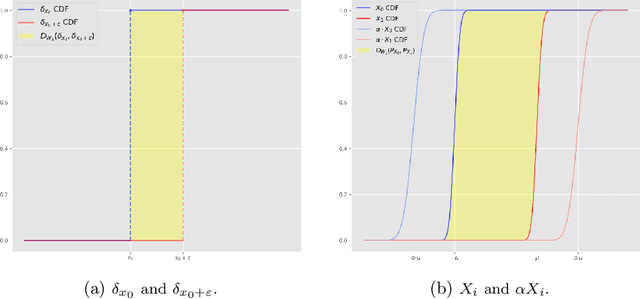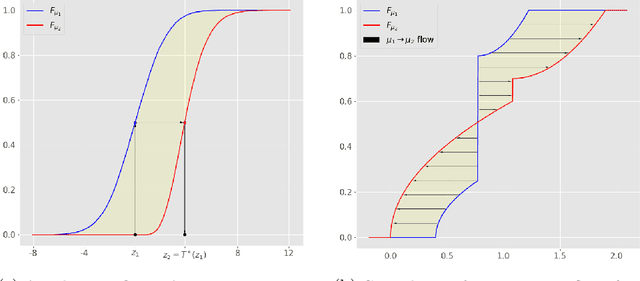Wasserstein-based fairness interpretability framework for machine learning models
Paper and Code
Nov 06, 2020



In this article, we introduce a fairness interpretability framework for measuring and explaining bias in classification and regression models at the level of a distribution. In our work, motivated by the ideas of Dwork et al. (2012), we measure the model bias across sub-population distributions using the Wasserstein metric. The transport theory characterization of the Wasserstein metric allows us to take into account the sign of the bias across the model distribution which in turn yields the decomposition of the model bias into positive and negative components. To understand how predictors contribute to the model bias, we introduce and theoretically characterize bias predictor attributions called bias explanations. We also provide the formulation for the bias explanations that take into account the impact of missing values. In addition, motivated by the works of Strumbelj and Kononenko (2014) and Lundberg and Lee (2017) we construct additive bias explanations by employing cooperative game theory.
 Add to Chrome
Add to Chrome Add to Firefox
Add to Firefox Add to Edge
Add to Edge